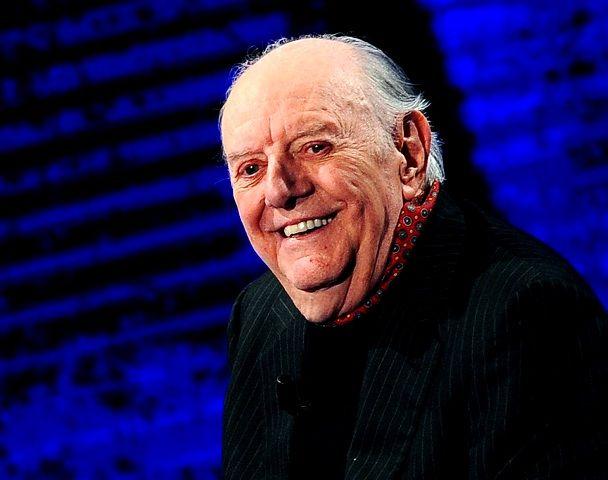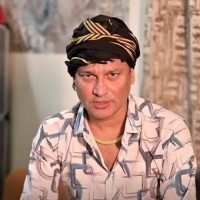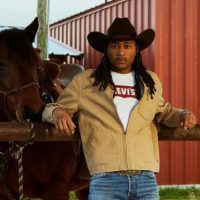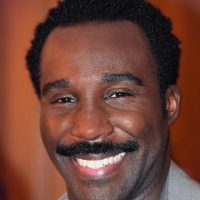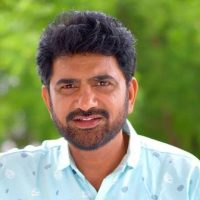| Dario Fo was the eldest of three siblings. |
| His mother, Pina Rota Fo, wrote about her life in a book titled ‘Land of Frogs.' |
| He moved frequently across the Swiss border during childhood due to his father's job in the railway authorities. |
| In childhood, he learned stories from his maternal grandfather, fishermen, and glassblowers in Lombardy. |
| Dario Fo lived in Porto Valtravaglia during his early years, known for having the highest number of insane people. |
| He relocated to Milan in 1940 to study at the Brera Academy but left during World War II. |
| During the war, he joined Mussolini's Fascist Army to aid his father in smuggling allied soldiers, refugees, and Jewish scientists in disguise. |
| Afterward, he escaped, roamed before joining the Resistance movement. |
| Following World War II, Dario Fo returned to Milan for architecture studies at the Brera Academy, then explored painting and acting in small theatres. |
| While studying architecture, he shared imaginative stories with friends, reminiscent of his childhood by the lakeside. |
| He abandoned his thesis on Roman Architecture post-World War II. |
| In 1950, he began collaborating with Franco Parenti and radio actors for a comedy show. |
| Working in films taught Dario Fo about storytelling, which he applied in his theatre plays. |
